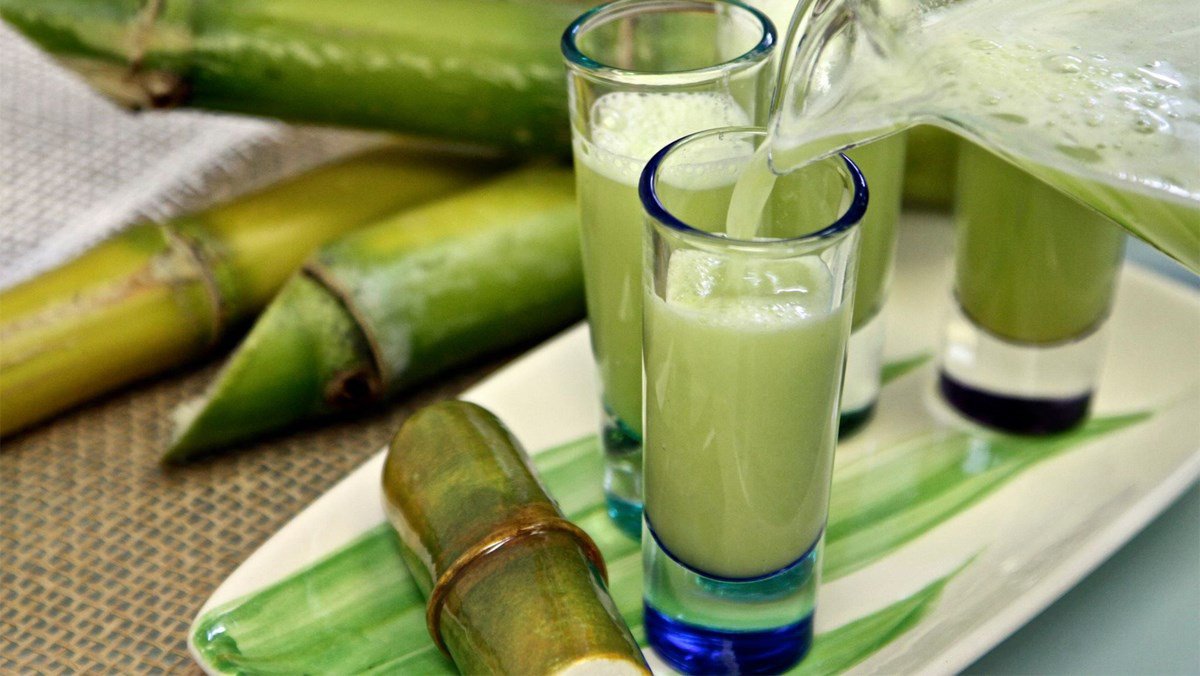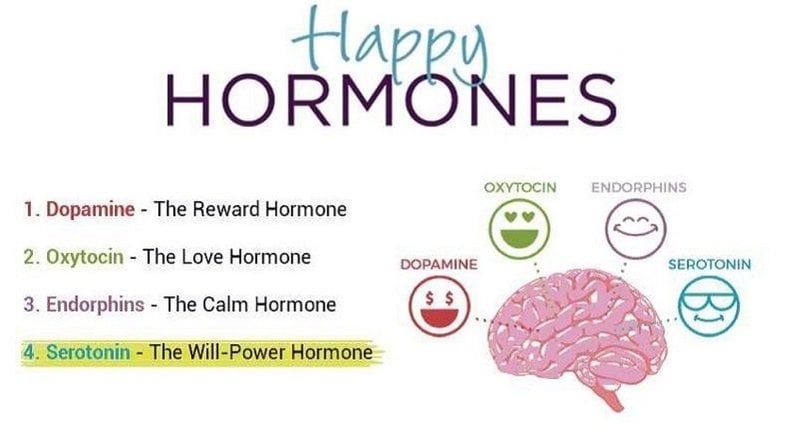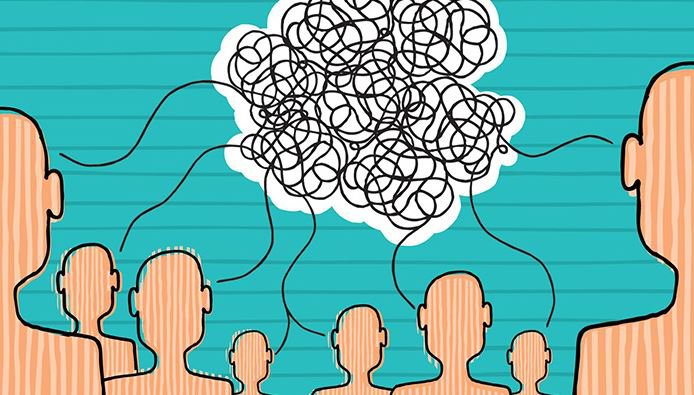Is cane sugar good for health?
This is an automatically translated article.
Sugar is one of the purest natural ingredients in the world and is used in almost all foods. But how is it extracted from cane sugar and processed into pure sugar? And what is cane sugar used for, is it healthy? Read more articles below to understand more about the benefits of cane sugar.
1. What is cane sugar?
White granulated sugar can be produced from sugar cane (Saccharum officinarum) or sugar beets. Cane sugar specifically is sugar made from cane sugar. However, the sucrose molecules in both sugars are identical, scientifically not much of a difference.
Sugar is often associated with undesirable health effects, but in moderation, cane sugar offers some notable health benefits.
1.1 Nutritional information
In essence, cane sugar is not rich in vitamins and minerals. One teaspoon of unrefined cane sugar provides:
16 calories 0 grams fiber 0 grams protein 0 milligrams sodium 0 grams fat 0 grams cholesterol 4 grams carbohydrates
1.2 How to grow and harvest cane sugar
Sugarcane is grown in tropical areas and some countries with large production of cane sugar are Brazil, India, and Thailand. China and Australia are the leading producers. Each sugarcane farm has multiple fields - all at different stages of sugarcane production to ensure there is always sugarcane supplied to the mill. From planting sugarcane to harvest, this process can take up to 18 months, making sugarcane yield quite slow. For this reason, it is very important to prepare sugarcane before planting.
Sugarcane leaves are removed and then cut into 20cm lengths. The row of fields is then prepared with incisions in the field about 15-20cm wide. The cane is then placed inside the hole horizontally and allowed to grow. The success of sugar production begins with good soil. This is done with the addition of nutrients and plenty of water.
Sugarcane takes about 12 - 18 months to fully mature. During this time, it is important for the sugarcane to be treated with pesticides and fertilizers to keep the sugarcane healthy and productive.
Sugar cane does not need to be replanted because only the tops of the plants need to be cut off when harvested. There are two ways of harvesting sugarcane - manual or mechanized.
2. How to process cane sugar
At a sugar mill or facility, sugarcane undergoes the first of two possible stages of processing. The end result is raw sugar, which is pure sugar with some molasses remaining. Molasses is a by-product of sugar, and is what gives sugar its brown color. The process of processing sugarcane at the factory requires a few stages to get sugar from sugarcane, let's find out in more detail below:
2.1 Mining
Once the sugarcane has been graded, it is washed to remove any impurities prior to processing. Cane cleaning can be done wet or dry. Dry cleaning is the preferred method as it is more environmentally friendly and does not affect the TRS content.
After the sugarcane has been dried, it is chopped before being crushed in large rollers. This process removes the sugar cane juice. Juice is a valuable extract because it is used to produce sugar and ethanol. The sugar cane waste, known as 'bagasse', is then used as fuel to generate electricity in the power plant.

Nước ép mía là chất chiết xuất có giá trị vì nó được sử dụng để sản xuất đường và etanol
2.3 Cleaning
Sugarcane juice is then sent for cleaning. The juice is treated to remove the precipitate through coagulation and sedimentation. The process of removing sand, clay and other substances from the juice. Almost 90% of the weight of sugarcane is juice, containing up to 17% sucrose (common sugar) and small amounts of dextrose and fructose.
To avoid the breakdown of sucrose, the juice will then undergo pH adjustment. Once this has been done, the juice is essentially water, mineral salts, and sugar.
2.3 Boil
The juice undergoes a boiling process, the steaming boiler is brought to a boil. During boiling and evaporation, approximately 75% of the water is removed, resulting in a thicker syrup concentrate. The syrup is then cooked so that crystallization and sucrose recovery can take place.
2.4 Crystallization
The syrup is placed in large vessels where it is turned slowly, allowing it to cool evenly. Seeding is then carried out, where small seed crystals are added to the syrup to catalyze the crystallization process. The molasses separates from the crystals, and the liquid is ready for the next stage.
2.5 Centrifugal
To complete the process, centrifugation will take place. In this process, the crystalline syrup is separated from the sugar and dried by placing it in a centrifuge. This produces raw sugar by separating the sugar crystals from the surrounding molasses.
For every 100 tons of sugarcane processed, about 12 tons of VHP (Extra-High) sugar is produced and 4 tons of molasses.
The amount of molasses, which is the leftover solution from sugar processing, left on the crystals or added back to the sugar crystals determines the type of sugar produced.
In addition to white granulated sugar, there are also light brown and dark brown sugars that have a higher molasses content and are often produced for specialty use. Usually at this stage, cane sugar is not a food grade.
3. Is cane sugar good for health?
Many people believe that alternative sweeteners like honey, brown sugar, or molasses are healthier than cane sugar. However, that is not necessarily true. Sugar is a simple carbohydrate that your body uses for energy.
Honey, brown sugar and other sugars have no nutritional advantage over cane sugar.
Cane sugar has the following potential health benefits:
3.1 Having more energy
Your body's main source of energy is a simple sugar called "glucose", which comes from the breakdown of sugar. You often find sugar in fruit, dairy products, and cereals. But your body processes cane sugar the same way it processes the sugar found in any other food. It splits both into two simple sugars - fructose and glucose. The glucose molecules are then taken to the cells to be converted into energy.

Đường mía giúp bạn có nhiều năng lượng hơn
3.2 Store energy in the form of healthy fats
When you absorb more glucose than your body needs for energy, the excess is stored as glycogen in fat cells and the liver. This process helps your body's blood sugar return to normal
As long as you don't take in more calories than you consume, this energy storage has health benefits - like having a healthy diet. large gas tank in the car so you don't have to refill it as often. It allows your body to keep working without having to constantly eat.
3.3 Keep a good mood
Cane sugar triggers the body to make serotonin, a feel-good hormone that elevates your mood. Lower levels of serotonin in the body are the reason why you crave sugar, especially when you are tired or unhappy. You will get an improved mood thanks to serotonin when you eat sweets.
You also help your body control its stress levels. When stressed, your brain needs about 12% more energy, and the glucose from cane sugar can help provide the fuel you need.
4. Potential risks of cane sugar
Sugar now makes up about 13% of the calories the average American gets each day. However, the amount of sugar should be less than 10%. While it provides quick energy and helps raise blood sugar, be careful not to consume too much. That can lead to things including diabetes, overweight, obesity, metabolic cardiovascular disease, and fatty liver disease.
While it may help your mood, it can have an impact when you eat too much sugar. This rebound effect may be why there is a high correlation between countries with high sugar consumption and countries with high rates of depression.
Like most foods, cane sugar only causes problems when eaten in excess. If you constantly crave sugar even if you eat it regularly, try to find new ways to regulate your mood or reduce stress.
Please dial HOTLINE for more information or register for an appointment HERE. Download MyVinmec app to make appointments faster and to manage your bookings easily.
Reference source: czarnikow.com
This article is written for readers from Sài Gòn, Hà Nội, Hồ Chí Minh, Phú Quốc, Nha Trang, Hạ Long, Hải Phòng, Đà Nẵng.





